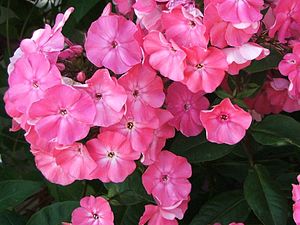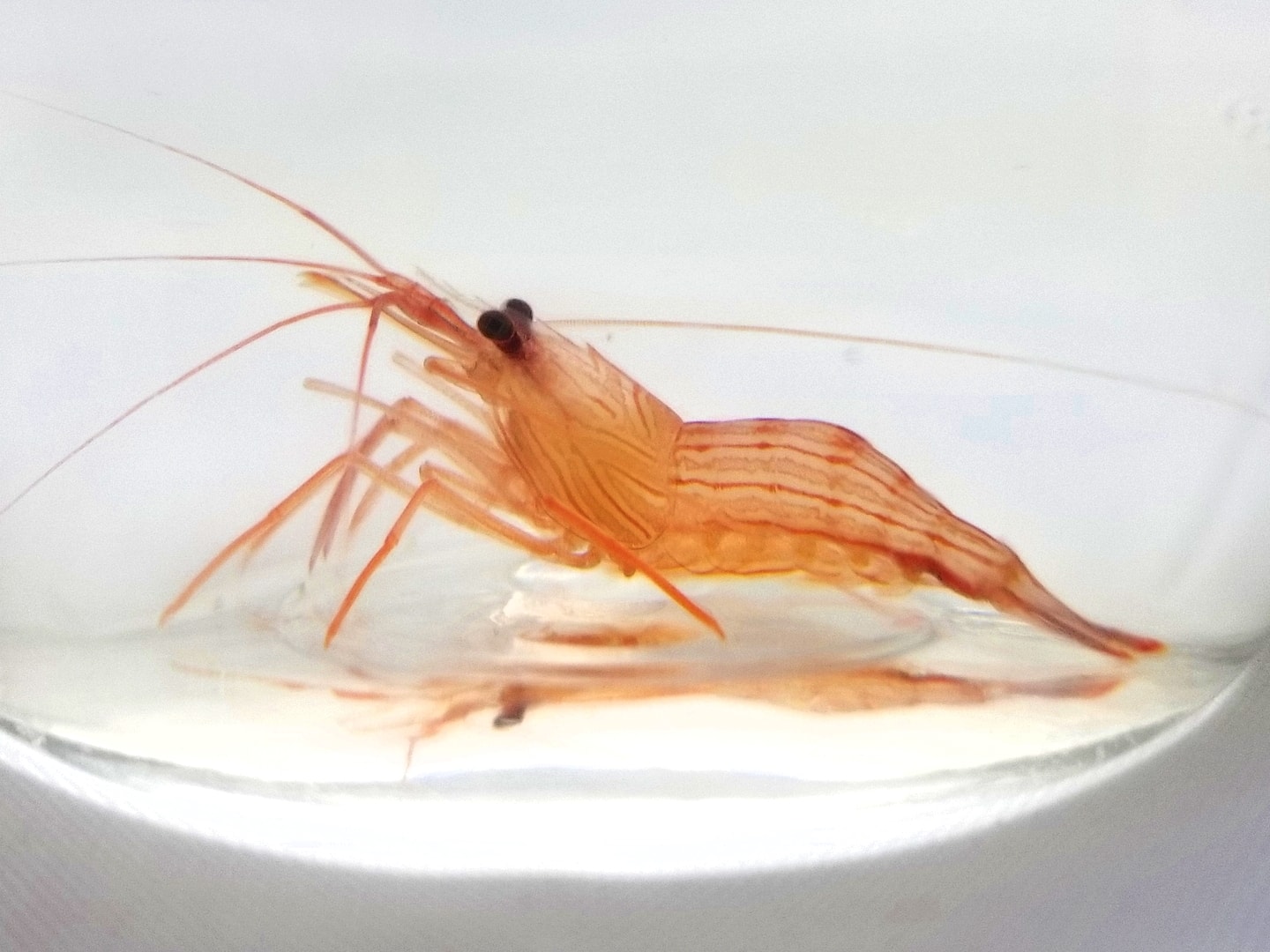
SUNRISES & SUNSETS
As a ray of white sunlight travels through the atmosphere, some of the colors are scattered out of the beam by air molecules and airborne particles. This is called Rayleigh scattering. Colors with a shorter wavelength, such as blue and green, scatter more strongly, and are removed from the light that finally reaches the eye.[28] At sunrise and sunset, when the path of the sunlight through the atmosphere to the eye is longest, the blue and green components are removed almost completely, leaving the longer wavelength orange, red and pink light. The remaining pinkish sunlight can also be scattered by cloud droplets and other relatively large particles, which give the sky above the horizon a pink or reddish glow.

PLANTS
Pink is one of the most common colors of flowers; it serves to attract the insects and birds necessary for pollination and perhaps also to deter predators. The color comes from natural pigments called anthocyanins, which also provide the pink in raspberries. Some examples of pink plants are as follows: Pink roses, clematis Chantillies, pink hibiscus, pink tulips, pink dahlia, pink peony, pink flowers from magnolia trees, pink rhododendrons, Japanese cherry trees in bloom, and pink hyacinth flowers. Fun fact, Lake Hillier, Australia, the colour is caused by algae!

ANIMALS
Some examples of pink found in animals: A Strigilla carnaria shell from Dominica, in the West Indies, an Ocelated frogfish (Antennarius ocellatus), from East Timor. The frogfish is camouflaged to look like a rock covered with algae or seaweed; it lies motionless and waits for its prey to come to it. The pink iguana of the Galapagos Islands was first identified in 1986 and first recognized as a distinct species in 2009. The Pink Dolphin, a freshwater river dolphin, is an endangered species and has a brain 40% larger than a human's. The so-called "white elephant" is revered in several countries in Southeast Asia and is naturally pinkish gray. They are actually albino elephants. The pig has been domesticated over ten thousand years and selectively bred to have a pink skin, without melanin, which farmers traditionally have preferred to a dark color. The pink or reddish color of flamingos comes from carotenoid proteins in their diet of animal and plant plankton.

SEAFOOD & MEAT
Raw beef is red, because the muscles of vertebrate animals, such as cows and pigs, contain a protein called myoglobin, which binds oxygen and iron atoms. The shells and flesh of crustaceans such as crabs, lobsters and shrimp contain a pink carotenoid pigment called astaxanthin. Their shells, naturally blue-green, turn pink or red when cooked. The flesh of the salmon also contains astaxanthins, which makes it pink. Farm-bred salmon are sometimes fed these pigments to improve their pinkness, and it is sometimes also used to enhance the color of egg yolks.